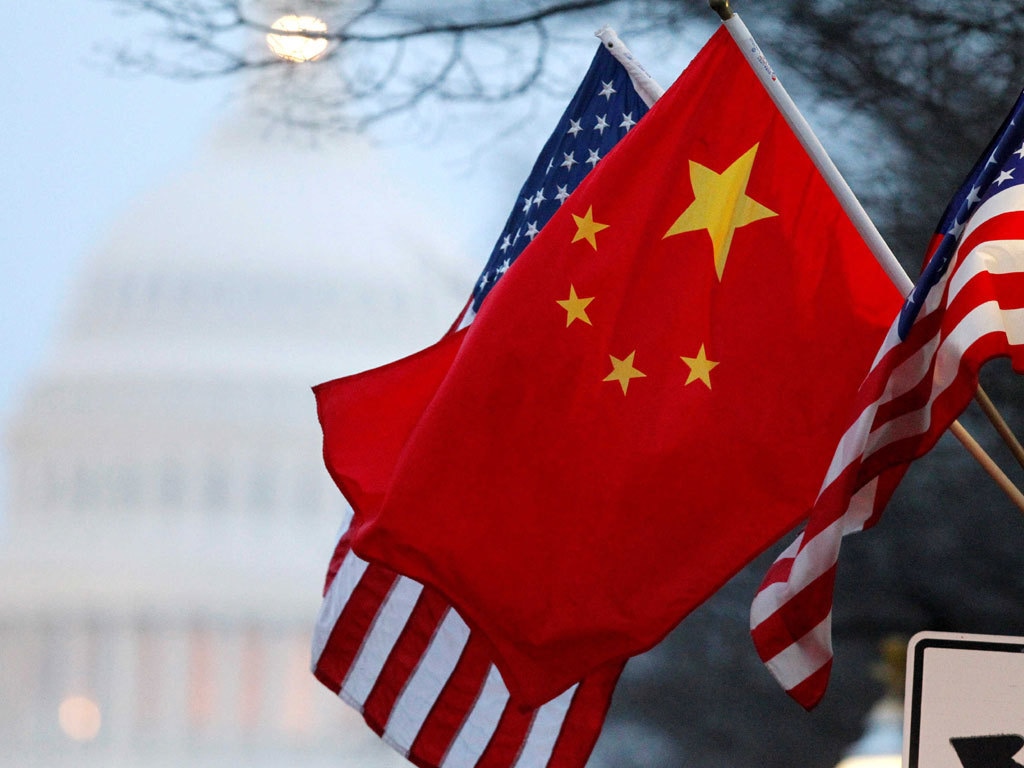Chinese exports saw a surprise rise last month despite the ongoing trade dispute with the United States, according to official figures released on Friday, ahead of upcoming talks between the world’s two largest economies aimed at easing tensions.
Analysts said the stronger-than-expected 8.1% year-on-year increase in April suggests China is redirecting its trade flows to Southeast Asia to mitigate the impact of steep US tariffs—some reaching as high as 145%—imposed under former President Donald Trump.
Trade between the two powers has sharply declined since the US imposed punitive duties, to which China responded with levies of up to 125% and other retaliatory measures.
April’s 8.1% rise in exports far exceeded analysts’ predictions, with Bloomberg having forecast a modest 2.0% gain.

Data from China’s customs authority showed that exports to Southeast Asian nations such as Thailand, Indonesia, and Vietnam surged by double digits. Analysts described this as a “structural repositioning” of trade routes.
“The global supply chain is being rerouted in real time,” said Stephen Innes of SPI Asset Management in a note, adding, “Vietnam appears to be serving as China’s offshore outlet for US-bound goods.”
Meanwhile, exports to the United States fell by 17.6% month-on-month.
Analysts at ANZ Research noted that the figures illustrate how difficult it is to exclude China from the global supply chain in the short term, given its central role in manufacturing.
They added that the evolving trade dynamics and expected developments in Asia-US talks suggested no imminent collapse in Chinese exports.
Global markets have been volatile since Trump launched his tariff campaign, which the White House said aimed to bring manufacturing back to the US. While some tariffs were temporarily suspended, those targeting China remain in force.
Optimism surrounds forthcoming negotiations in Geneva between US and Chinese officials, which mark the first high-level discussions since the trade war began. Washington has expressed hope for a “de-escalation,” while Beijing has vowed to defend its interests firmly.
Persisting Uncertainties
Zhiwei Zhang, president and chief economist at Pinpoint Asset Management, attributed the export gains partly to “transshipment through other countries,” but also pointed to trade contracts signed prior to the imposition of tariffs. He warned that export performance could weaken in the coming months.
Imports were also closely watched as an indicator of domestic demand. These fell by just 0.2%, a much smaller drop than the 6.0% anticipated by analysts.
In response to economic pressures, Chinese authorities this week introduced several monetary easing measures, including a reduction in a key interest rate and lower reserve requirements for banks, in a bid to stimulate lending.
Despite these efforts, the ongoing crisis in the property sector—a former engine of growth—continues to weigh on the broader economy.
To support the housing market, the central bank announced it would reduce the interest rate for first-time homebuyers with loans exceeding five years from 2.85% to 2.6%.
These are among the most significant economic support measures introduced since last September.
However, analysts caution that the absence of substantial stimulus funding is hindering recovery efforts, especially given the persistent uncertainties surrounding US-China trade relations.
“Even if tariffs are reduced following the trade talks, ongoing uncertainty will continue to accelerate structural decoupling,” said Gary Ng, senior economist for Asia Pacific at Natixis.


 Trending
Trending 